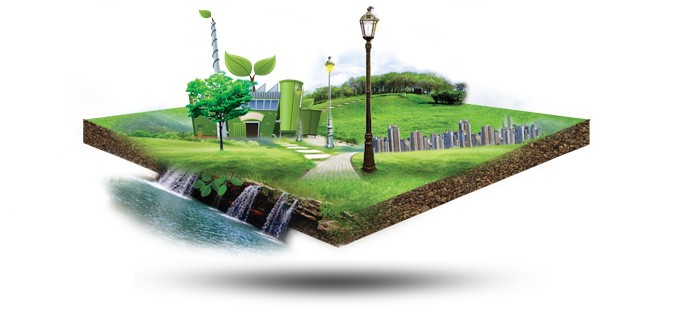 Green Building
Green Building
March 15, 2018
Green building is spirited by sustainable way of constructing a building. The original 1987 Bruntland Commission definition of sustainability is that “Sustainable development is the development that meets the needs of the present without compromising the ability of future generations to meet their own needs”. According to this definition the Green building is the way of constructing, operating, and maintaining the real estate to meet the needs of today but without compromising the ability of the future generations to meet the needs of future.
A green building is built in the spirit of ‘3P’ or ‘Triple Bottom Line’. 3P stands for people, planet, and profit. It is the same in ‘Triple Bottom Line’, that is, to get the economic, social, and environmental value of the real estate.
In today’s world a Green building stands for luxury, prestige, and use of high technology in the real estate. This is not all wrong but a complete misconception. It is true that constructing a Green building requires additional fund for construction, greater FAR (floor area ratio), and maintaining expenses. There is no chance of winning in short but it would give you the benefits in the long run. A green building cannot only reduce operating expenses, increase rent premiums, deliver higher occupancy rates, and improve Net Operating Income (NOI), it can increase overall asset value, boosting investment returns. This is a serious economic rationale by making the best use of nature and environment in scientific methods.
LEED building certification
LEED stands for ‘Leadership in Energy and Environmental Design’. LEED designed a framework for by quantifying the Green building design, operations, and ongoing maintenance. This is globally the most accepted system of rating and certifying green buildings. USGBC (United States Green Building Council) is the owner of the LEED Green building system. There are other Green building rating system available and some of those are- ‘Living Building Challenge’, ‘Energy Star (EPA)’, ‘BREEAM (UK)’, ‘Green Star (Australia)’, and ‘Green Globes’. As per USGBC, LEED has over 12 billion square feet of building space registered or certified with 1.85 million square feet being certified each day.
LEED certification lies on the five below cornerstones:
-
Sustainable Sites
-
Water Efficiency
-
Energy & Atmosphere
-
Material & Resources and
-
Indoor Environment Quality
Points are given based on positive environmental impact. More points can be earned from creating more positive impacts of the environment. Based on higher level of points the certification level starts from ‘Silver’, then rises to ‘Gold’, and reaches the pinnacle ‘Platinum’.
LEED basic framework provides an overview of the basic aspects to build your building Green. You may want to build your building with Green aspects and decided not to go with LEED certification.
Source:

